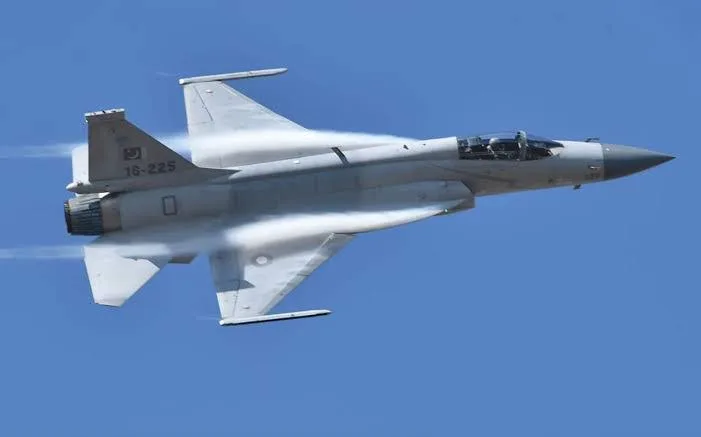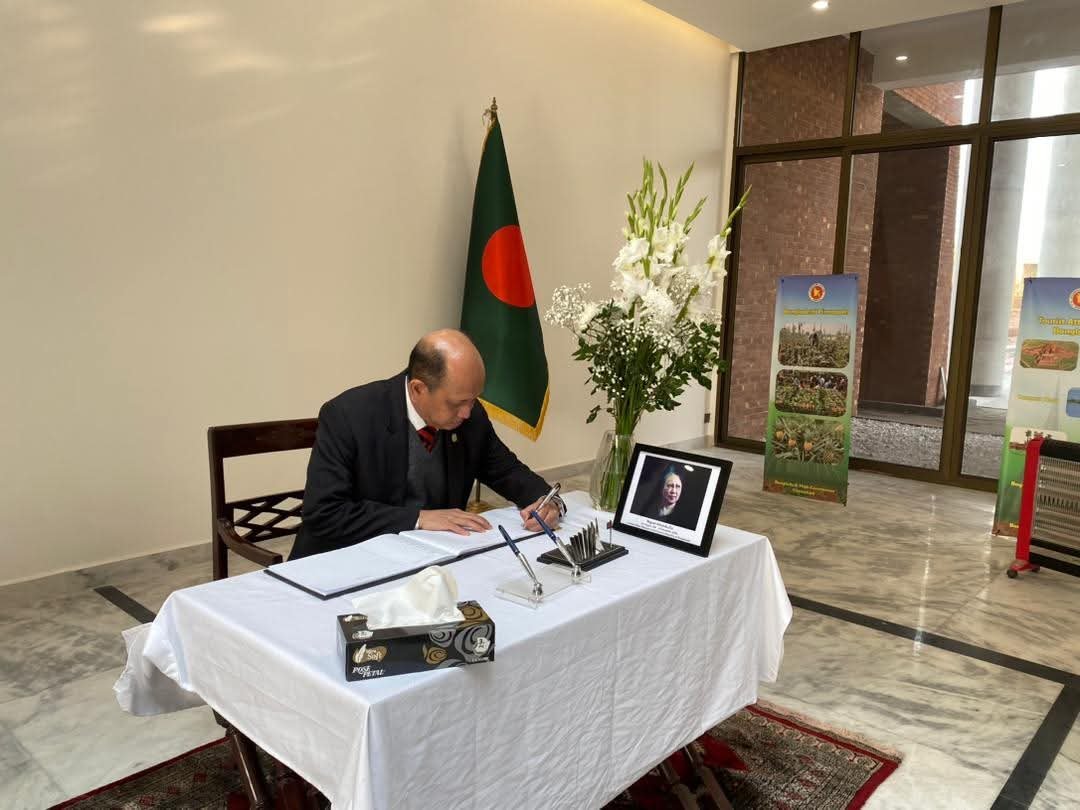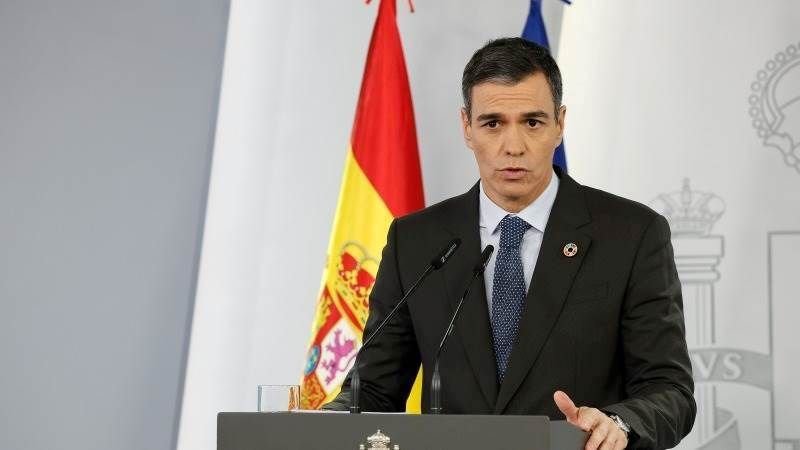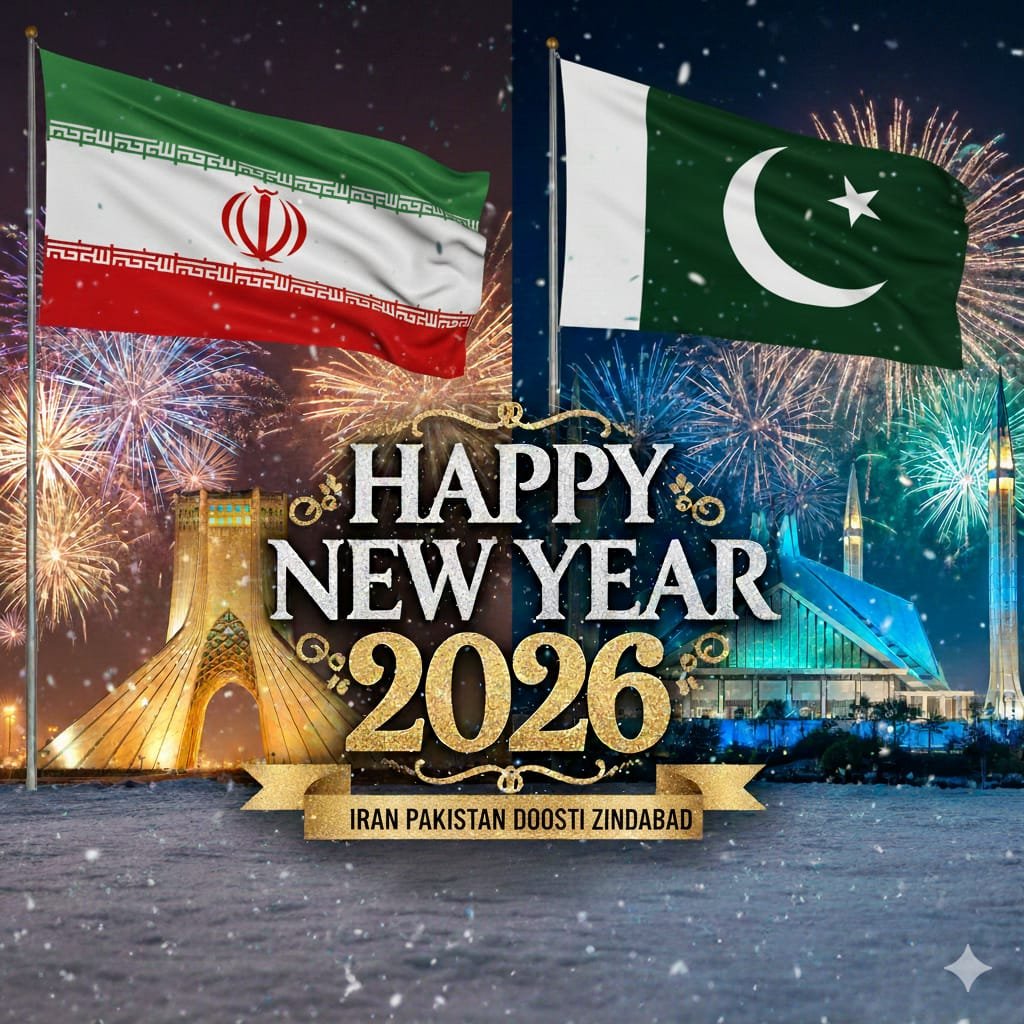It is unfortunate that Indian critics have sought to undermine a highly capable combat aircraft like JF-17 through unrealistic comparisons and analyses, whether with Rafale, Tejas, or Mirage 2000. In today’s aviation combat arena, the crucial elements that truly matter are the avionics and the armament carried onboard the fighter aircraft, and the potential to deliver in its wide-ranging envelope in air or against ground targets.
Development of Tejas
The development of Light Combat Aircraft (LCA) Tejas was initiated in 1983 and formally launched in 1984 with the establishment of the Aeronautical Development Agency (ADA). However, it encountered persistent delays during its developmental phase, attributed to a lack of clarity among the Indian stakeholders and other impediments.
During my tenure as the Air Adviser in India (1999-2003), I met Air Chief Marshal Idris Hasan Latif in Hyderabad, who conceived the programme and served as the 10th Chief of Air Staff of the Indian Air Force (IAF). In his reckoning, the absence of fixed deadlines and the failure to freeze the design — both markers of an open-ended approach — contributed to the project not adhering to a strict timeline and progressing irregularly. Moreover, he pointed out that bureaucratic hurdles, requiring permissions and approvals at various stages, significantly hindered the programme’s advancement. Hindustan Aeronautics Limited (HAL), the agency collaborating with ADA, being a government entity, found itself ensnared by intricate rules and regulations, ultimately proving detrimental to the project’s developmental pace.
Development of JF-17
The JF-17 programme commenced in the 1990s, with joint development conducted by China’s Chengdu Aircraft Industry Corporation (CAC) and Pakistan Aeronautical Complex (PAC). The prototype aircraft took its inaugural flight in 2003, and production began in 2007. Formal induction into the Pakistan Air Force (PAF) occurred in 2010 when No 26 Squadron, known as the Black Spiders, became the first operational squadron with the new aircraft. This achievement marked a significant milestone, making the PAF the only air force globally to develop its own aircraft in contemporary times. The accomplishment was a result of unwavering determination and the absence of bureaucratic hurdles or impediments throughout the process as it was taken as a project of national pride. The full credit for this goes to the Government of Pakistan and the Armed Forces’ leadership.
Recent Status of Tejas Vs JF-17
India currently operates two squadrons of Tejas. The first squadron equipped with Tejas was No 45 Squadron in 2016, followed by No 18 Squadron in 2020. Subsequently, the IAF placed an order for 83 Tejas jets with updated avionics, scheduled for delivery in February 2024. These new aircraft will be stationed at Rajasthan’s Nal Air Base. Additionally, the IAF is in the process of procuring more aircraft, which may boost Tejas’ numbers to approximately 200. Despite years since induction, Tejas is yet to validate its capabilities, lacking combat experience and concrete examples demonstrating its efficacy.
In contrast, Pakistan’s fighter aircraft programme has progressed swiftly. After successfully operationalising JF-17 Block I and Block II, Pakistan has now operationalised Block III, equipped with PL-15 missiles, Active Electronically Scanned Array (AESA) Radar and superior avionics. The PAF currently operates multiple squadrons equipped with over 140 JF-17 aircraft, and the older versions will soon be converted to Block III standards.
Rather than showcasing progress on their product, Tejas, India has resorted to attempts to belittle and undermine the JF-17 through marketing gimmicks. Despite these efforts, the JF-17 has been marketed effectively and is actively deployed in the air forces of other countries, including Myanmar and Nigeria. It can be stated with pride that the JF-17 has demonstrated its operational prowess in engagements against the Indians in February 2019 and the Iranians in January 2024. Additionally, it has proven successful in operations against terrorist targets.
Unreasonable Comparisons of JF-17 with Rafale and Mirage 2000
The Rafale is a large fighter, while the JF-17 falls into the medium-size category. With the avionics and armaments it carries, the latest version of the JF-17 i.e. Block III is considered fourth-generation. However, there is a significant difference between the Rafale and the JF-17, primarily due to their size and weapon-carrying capacity. The JF17 is a multi-role aircraft in its own right, which is lethal in its air-to-air modes and is equally proficient in undertaking operations in air-to-surface domains with accurate long range stand-off weapons, as demonstrated by the PAF in recent times.
Comparing the JF-17 with the Mirage 2000 is also irrational, considering that the latter is nearing its retirement or is being considered for updates to maintain its viability. Conversely, the JF-17 outclasses the Mirage 2000 in almost all domains. Critics who compare the maximum speeds of the JF-17 with the Rafale, Tejas and Mirage 2000 exist in a fallacy, as no fighters engage at such speeds while carrying any kind of external load.
In conclusion, the reality stands undeniable – Pakistan has successfully surpassed India in the development of its fighter programme. Despite facing setbacks against its key adversary, India’s reluctance to acknowledge this fact has led to a campaign aimed at disparaging the JF-17, seemingly to thwart Pakistan from exporting it to other nations. A striking instance of this is India’s attempt to export the Tejas to Nigeria, even though Nigeria is already an operator of the JF-17. Notably, the JF-17 emerges as the ideal aircraft for small air forces globally due to its affordability and value for money, establishing itself as a strong contender for exports in the international market. A number of countries are currently evaluating the JF-17 with keen interest, and it is anticipated that some of these countries will soon choose the JF-17 as the first choice for their fighter fleet. PAF is also rapidly moving ahead with the PFX 4.5 Generation programme, which has progressed 30-40 percent on the drawing board and will challenge India’s Advanced Medium Combat Aircraft (AMCA). Meanwhile, what lies ahead for Tejas and the underdevelopment AMCA, which awaits Cabinet approval, only time will tell.
Air Marshal Asim Suleiman (Retd) is President at the Centre for Aerospace and Security Studies (CASS), Lahore.







